It’s June, and although the warm, dry weather feels more like late July, summer is only just begun. By now, your garden is likely planted, your flowers are growing and you’re beginning to see the fruits of your labors as plants do what they do best: look beautiful! With the new season upon us, here are a few tips to keeping your garden looking its best and a couple of plants sure to give you added color throughout the coming months.
Rose bushes are one of the most beautiful shrubs you can choose for your garden. With summer-long color, powerful fragrances, and the romance of a fresh-cut bouquet, they’re unmatched in beauty. But like all treasures, roses come at a price—insects love them and diseases like black spot and powdery mildew are ever-present foes.
Minimize the cost of beautiful roses this summer by applying BioAdvanced Rose & Flower Care now and every six weeks through the growing season. This liquid systemic fertilizer, insecticide, and disease control is a superior no-spray product that will take the effort out of growing roses and give you healthy, productive plants all season long.
As we get into summer, routines change, but as far as your yard is concerned, it’s business as usual—and I’m guessing your lawn might be hungry by now. Chances are, a couple of months ago, you fed the lawn for spring and enjoyed a nice green-up. But now, as we get into summer, it’s important to feed once again. Remember, Scotts Turf Builder with Moss Control is a great fertilizer for greening up the lawn without encouraging too much growth (read: mowing!). Or, if your lawn would benefit from added nitrogen, Scotts Turf Builder will satisfy your lawn’s hunger with the additional benefit of micronutrients not found in generic lawn fertilizers.
If your lawn is patchy or thin in spots, now is also a great time to overseed those areas. Rake through the bare or thin areas to gently loosen the soil, then spread some grass seed and starter fertilizer and cover with a light layer of crumbled peat moss. Keep it watered regularly to encourage germination—with our warm soil temperatures, you should see seeds sprouting in about a week.
Now, maybe you’re still in planting mode—sure, spring was early this year, but that doesn’t mean it’s too late to plant! If you’re still looking to fill some planters or add a splash or two of color around the yard, there are plenty of options. One flower you simply can’t go wrong with is the trusty geranium. But just because it’s a dependable, old stand-by, doesn’t mean it can’t be exciting.
Two of my favorite varieties I’ve come across over the last several years are sure to provide color and interest in your garden. ‘Mojo Orange’ is about as true an orange as you’ll find in geraniums—a beautiful shade that will have your neighbors talking. ‘Calliope Medium Dark Red’ has large, deep crimson flowers and a somewhat spreading growing habit, making it a great modern replacement for messy, old-fashioned ivy geraniums.
Another flower great for filling those last spaces in the garden is Supertunia Mini Vistas. Now, trailing and spreading petunias have been used in hanging baskets and planters for years, but have you ever tried it in the garden? As a garden plant, Supertunia Mini Vista varieties makes a nice groundcover, each plant spreading out to fill bare ground with flowers that bloom freely all summer long. As a bonus, the blooms, which are smaller than their regular Supertunia cousins, hold up well in rainy conditions, meaning your plants will bounce back quickly after a summer rain.
Finally, enjoy. Gardening is meant to be fun, and if you make it all about work, you’ve missed the point. Take some time each week to simply admire. Your garden is a beautiful place; don’t miss out!


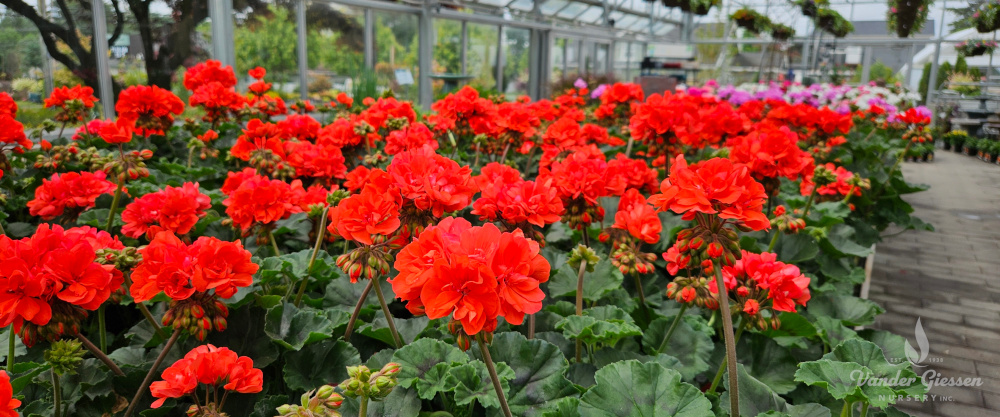
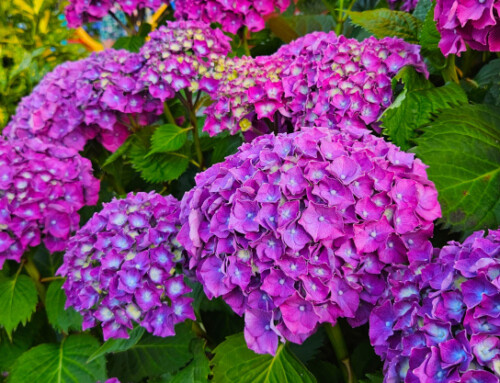
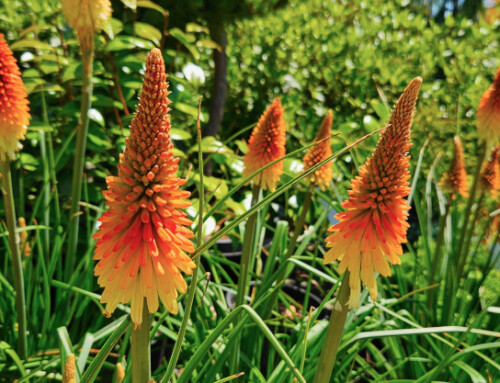
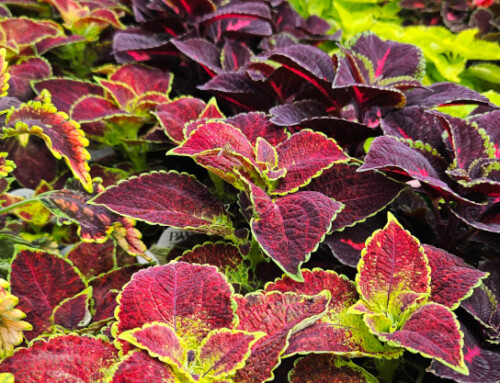
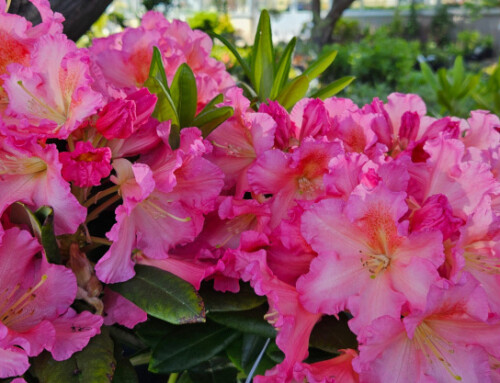
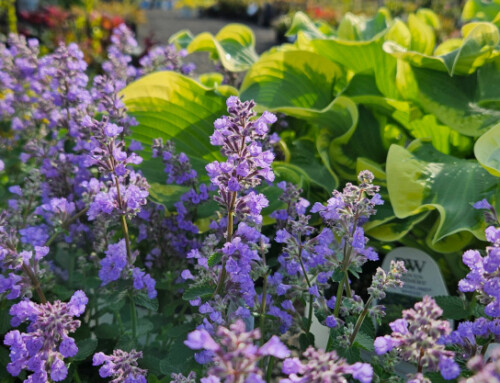
Leave A Comment